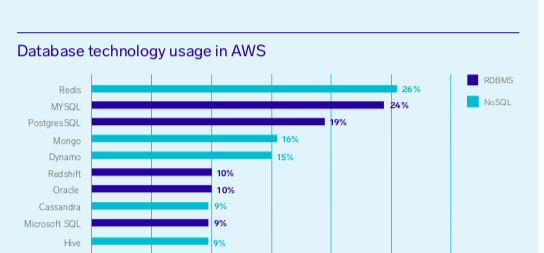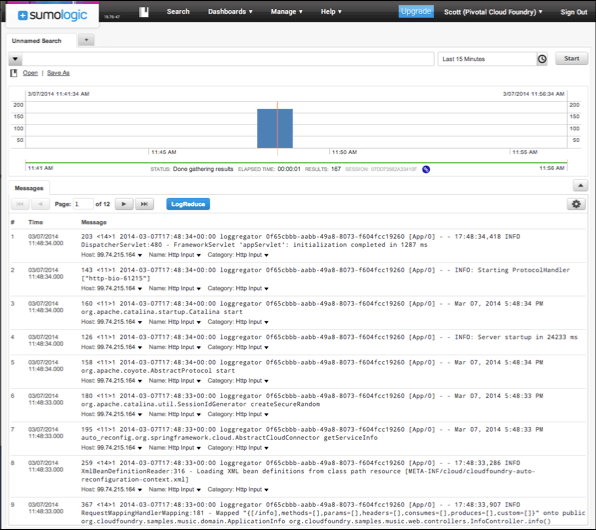

This graph is designed to help identify if your Postgres database is CPU-bound. This causes an issue where some sumo logic searches will find and return As far as performance. Read more about the fields Heroku includes for memory consumption. Memory Quota ( memory_quota): The resident memory ( memory_rss) value (megabytes) at which Heroku triggers an R14 error.Resident Memory ( memory_rss): The portion of the dyno’s memory (megabytes) held in RAM.In this query we divide the Resident Memory ( memory_rss) by the Memory Quota ( memory_quota) to get a maximum memory utilization rate for our dynos.Īt the end of the query we do a fields _timeslice, memory_utilization so that memory_rss and memory_quota don’t show up in our graph. Is there any way that we can use the timeslice operator to collect the data from a specific data to current time. | max_memory_rss / max_memory_quota * 100 as memory_utilization Using Sumo Logic timeslice operator to collect data from a specific date till now Follow Rahul Mateti 2 years ago Hello, 1) I'm new to sumologic, i am setting up a new panel in sumologic for our Jfrog artifactory. | max(memory_rss) as max_memory_rss, max(memory_quota) as max_memory_quota by _timeslice | parse "sample#memory_quota=*MB" as memory_quota | parse "sample#memory_rss=*MB" as memory_rss It uses Heroku’s CPU load average calculation which, in my experience, is mostly useful to identify relative spikes in load. This graph is designed to help provide insight into the CPU usage for you application. All queries omit application specific filters: This is done so that the dashboard can be applied to any application with a SumoLogic Dashboard Filter.All queries timeslice with buckets: This is done so that the time period can be changed on the dashboard and the graphs auto adjust their precision accordingly. Anton Ovrutsky leverages his 10+ years of expertise and experience as a BSides Toronto speaker, C3X volunteer, and an OSCE, OSCP, CISSP, CSSP and KCNA certificate holder in his role at Sumo Logic's Threat Labs.Some things to note with the implementations below:

Restrict Sumo Logic search to one timeslice bucket.
#SUMOLOGIC TIMESLICE INSTALL#
Sidekiq logs are available by default as standard application logs from worker dynos. Step 5: Install the Cassandra App to view the logs in Sumo Logic. The timeslice operator must be used with an aggregating operator such as count by or group by. After you’ve timesliced the data into buckets, the transpose operator allows you to plot aggregated data in a time series. Heroku Postgres logs are available by default for Heroku Postgres Standard and Premium Tier databases. The timeslice operator is commonly used in conjunction with the transpose operator. firewallrule matches 4000-D timeslice 5m count by timeslice, firewallrule. CPU, memory usage) are available if you enable the Heroku Labs log-runtime-metrics feature. I then came across SumoLogic, which is a cloud hosted log visualizer. Heroku runtime dyno performance logs (e.g. In order to build dashboards for these different areas, we first need to consider what kinds of logs Heroku makes available.

To do this we are going to focus on a few key areas: Our goal is to create a Sumo Logic dashboard that we can use to help us identify trends and problems with the performance of our
#SUMOLOGIC TIMESLICE DOWNLOAD#
You can download the JSON config to import this dashboard for your own application. You should modify the dashboard and queries to fit your application’s specific needs. Note: The dashboard and graphs outlined in this article are simplified examples of what I have used successfully in a production environment in the past. The below dashboard deprecates the metric logs sent to sumologic which will. it gives the count of events for every 5min along with the count at 3 min prior to that events. A timeslice can also be added to segregate data by time period.
#SUMOLOGIC TIMESLICE VERIFICATION#
In sumo logic report we have time compare option The compare operator allows you to compare current search results with data from a past time period for aggregate searchesįor eg : if you wanted to compare the behavior of backfill errors count with the span of 5min of events per hour along with the timeshift 3min. Harness Continuous Verification integrates with Sumo Logic to verify your deployments and live production applications, using the following Harness features: 24. I need to migrate the report from sumo logic to splunk.


 0 kommentar(er)
0 kommentar(er)
